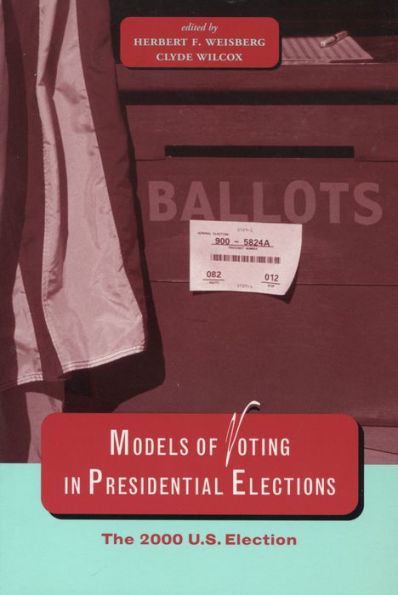Using a variety of models, the authors explore why the election was so close, what happened to the landslide that economic forecast models had predicted, and whether our traditional theories and approaches require reevaluation in light of the outcome.
This book analyzes a variety of matters fundamental to the 2000 election, including the influence of Bill Clinton, his dual legacy, and the economy. The authors detail changing voter coalitions and the influence of a gender gap. They also describe the role of divided government, how voter turnout affects election outcomes, the impact of minor-party candidates, and, more generally, the relative importance of partisanship, candidates, and issues.
Using a variety of models, the authors explore why the election was so close, what happened to the landslide that economic forecast models had predicted, and whether our traditional theories and approaches require reevaluation in light of the outcome.
This book analyzes a variety of matters fundamental to the 2000 election, including the influence of Bill Clinton, his dual legacy, and the economy. The authors detail changing voter coalitions and the influence of a gender gap. They also describe the role of divided government, how voter turnout affects election outcomes, the impact of minor-party candidates, and, more generally, the relative importance of partisanship, candidates, and issues.

Models of Voting in Presidential Elections: The 2000 U.S. Election
320
Models of Voting in Presidential Elections: The 2000 U.S. Election
320Hardcover(1)

Product Details
| ISBN-13: | 9780804748551 |
|---|---|
| Publisher: | Stanford University Press |
| Publication date: | 09/30/2003 |
| Edition description: | 1 |
| Pages: | 320 |
| Product dimensions: | 6.00(w) x 9.00(h) x 1.00(d) |
